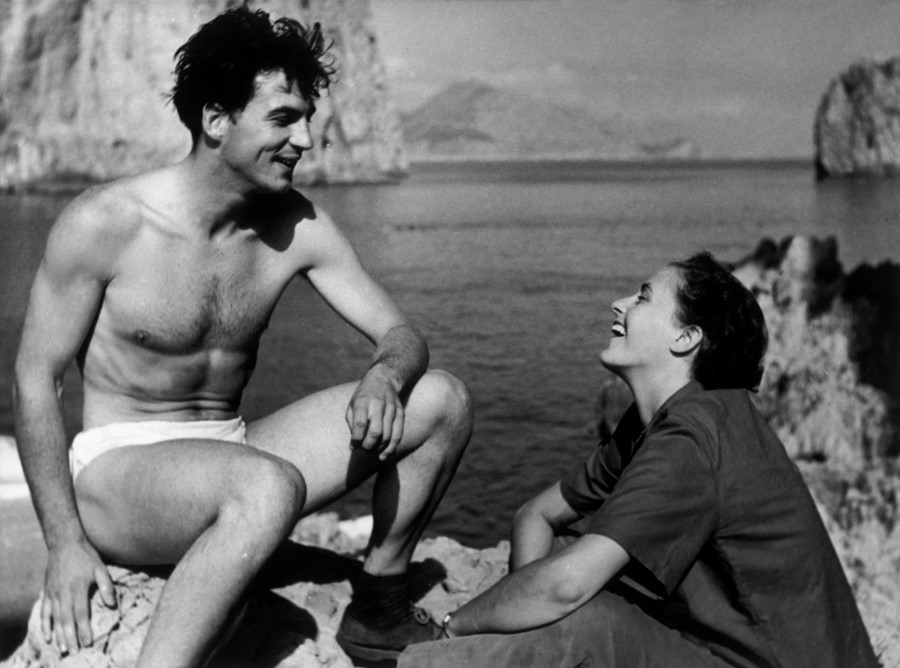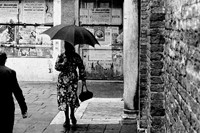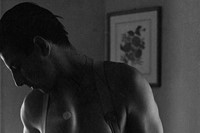The Austrian image-maker was one of the first female members of Magnum Photos in the 1950s
Who? Born in Austria in 1923, Inge Morath’s adolescent years overlapped with World War Two, during which she lived in Germany under the Nazi regime. Morath’s teenage eyes were opened to the avant-garde in art, somewhat ironically, by an exhibition arranged by the Nazi Party with the intention of turning the German public against modern art. The eventual photographer “fell in love with Franz Marc’s Blue Horse”, but it wouldn’t be until after the war and her university degree that she could openly address this interest in art. The post-war years were not without hardship for Morath; she made her way back to Austria from Berlin immediately following the war’s end, and later told the New York Times that “everyone was dead, or half dead. I walked by dead horses, by women with dead babies in their arms.” Morath was not yet a photographer, but encounters like these meant that she made a point of never training her lens on war in her 50-year career.
Morath arrived at photography after establishing herself as a journalist, translator (she is described invariably as having a gift for languages) and editor, first at Austrian publication Heute, where she worked closely with Ernst Haas on writing pieces to go alongside photography, and later at the newly founded Magnum Photos in 1949. As an editor for Magnum Photos, Morath would inspect contact sheets sent in by the agency’s photographers around the world and write stories to accompany them. She had researched the projects too, and later credited working closely on photographic processes with the likes of Henri Cartier-Bresson and David Seymour as where she learned the most about image-making – before having taken any photographs herself. “After the war I had often suffered from the fact that my native language, German, was for most of the world the language of the enemy, and although I was able to write stories in English or French it did not touch the roots,” she later wrote. Taking photographs, then, “felt both like a relief and an inner necessity”.
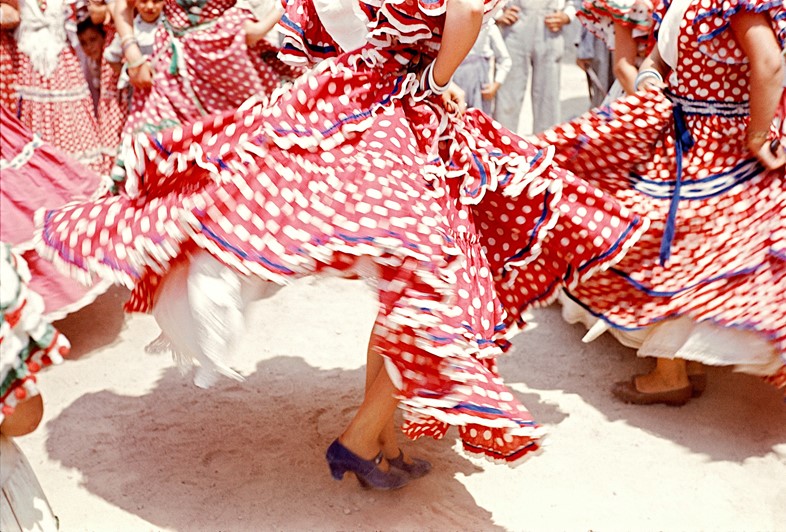
What? ‘Egni Tharom’ was the name Morath used initially when sending – and selling – her photographs to publications, and after building confidence working as a photographic assistant and completing personal work in her own time, she showed Robert Capa her series capturing working Catholic priests in Paris. By 1955, photographer Morath was a member of Magnum Photos – one of its first female image-makers. She photographed a range of subjects: documentary stories like 1954’s Fiesta in Pamplona captured the Spanish city’s running of the bulls, or those from her extensive travels in China; singular street photography (see: A llama in Times Square); portraits; fashion photography; and work on sets of television and films.
Her work in this last category resulted in some of Morath’s most recognised photographs. In 1960 Morath worked on the set of John Huston’s The Misfits, written by Arthur Miller and starring Clark Gable and Miller’s then-wife Marilyn Monroe. It was Monroe’s last film (she died in August 1962), and the Miller-Monroe marriage was near its end (divorce came in 1961). Morath’s photographs – both of Monroe alone and with her husband – are some of the most intimate shots of the ‘blonde bombshell’ and offer an insight into the life, both real and perceived, of Monroe at that time. But this intimacy was twofold: Morath and Miller married in February 1962, and remained together until her death in 2002.
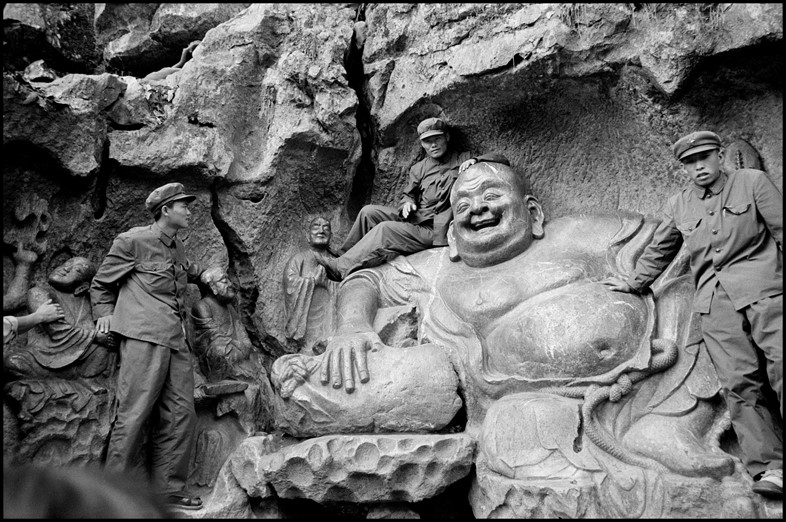
Morath’s immense body of work has life at its centre. The photographer travelled around the world with her camera – she made the people and places of Spain, London, Paris, New York, Iran, China, the USSR, Italy, Tehran and others her subject over the course of many years. Her work is marked by a distinct sense of empathy; having learned many different languages and immersed herself in different countries following her youth in Germany, she conducted her photography with a warmth for and deep-rooted interest in what she was looking at. Miller described what she did with the highest praise: “She made poetry out of people and their places over half a century.”
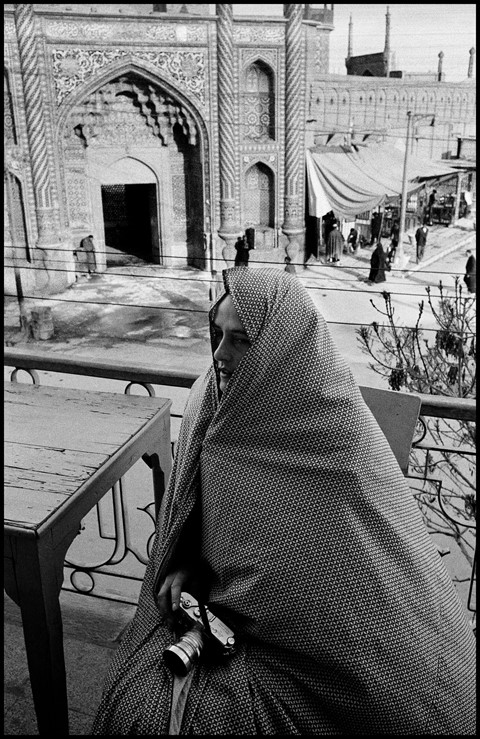
Why? Now, a new publication serves not only to document Morath’s arresting archive, but also to trace the impact of her personal life on her practice. Inge Morath: An Illustrated Biography is the latest in a series of such publications from the Magnum Foundation which seeks to highlight how a photographer’s own story affects how they approach telling those of others. In Morath’s case, her position as a pioneering female photographer in the second half of the 20th century – who was able to go from weaving stories with words to telling them with pictures – was cemented by her fearless approach to her craft.
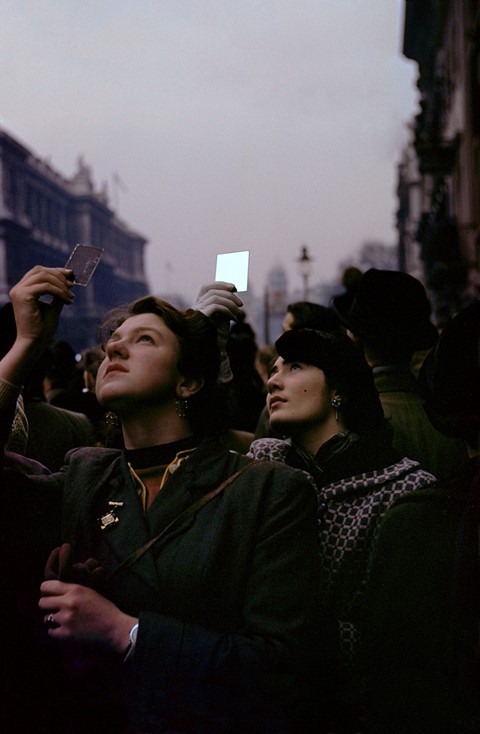
Inge Morath: An Illustrated Biography is out now, co-published by Magnum Foundation and Prestel.
